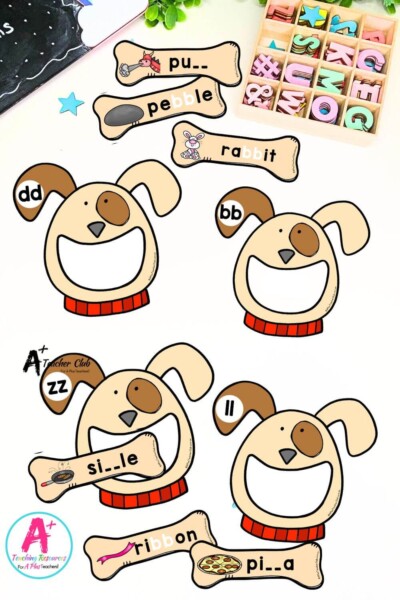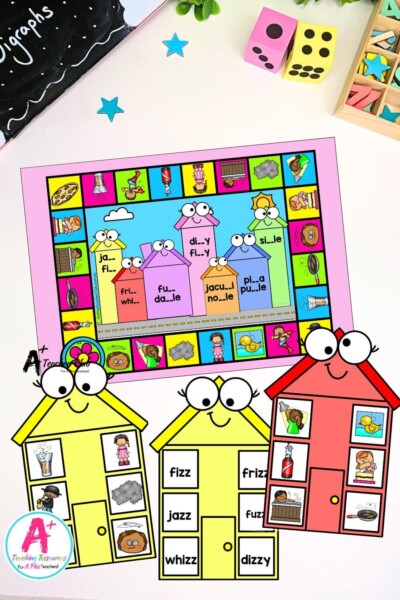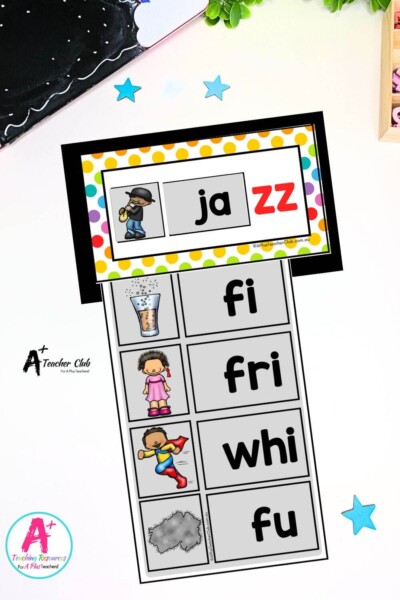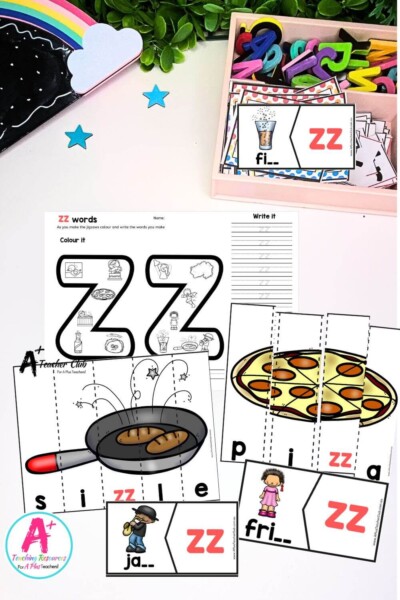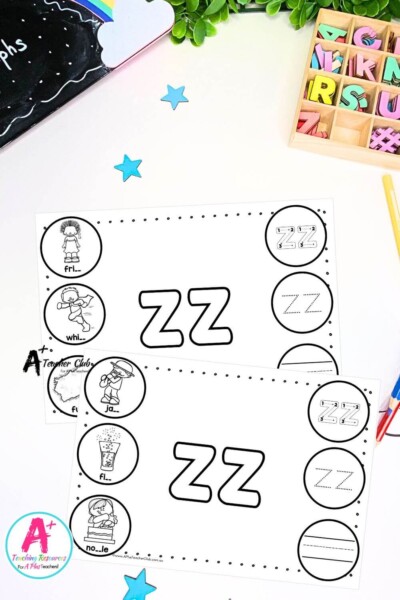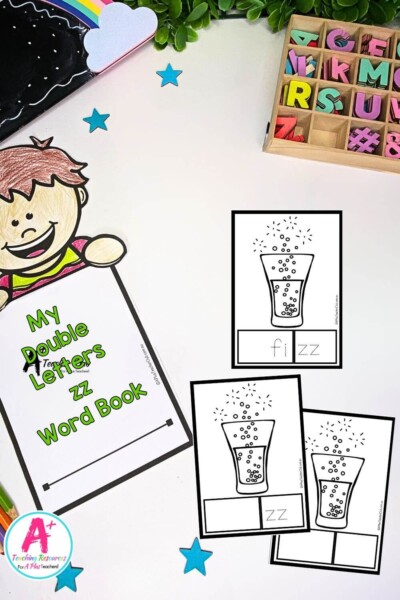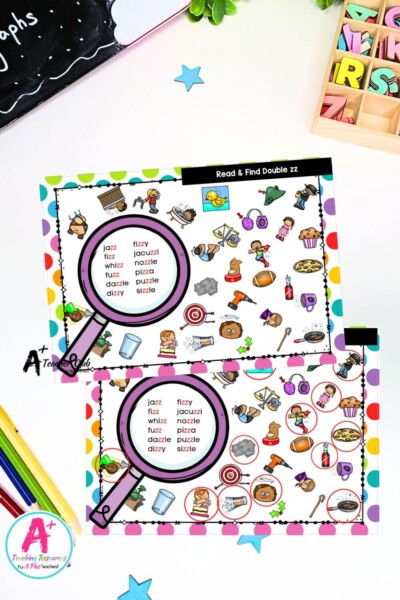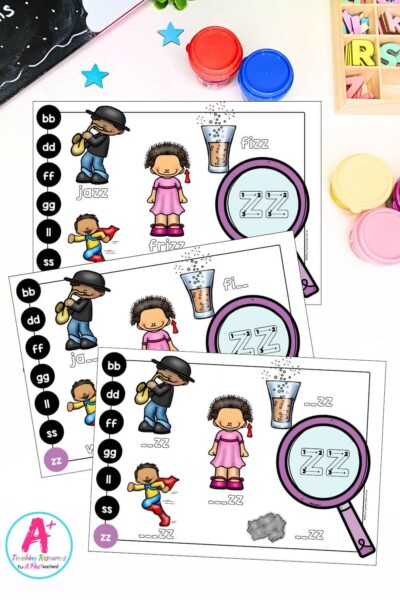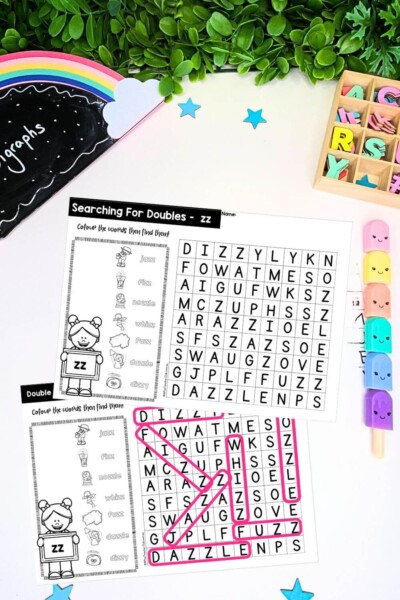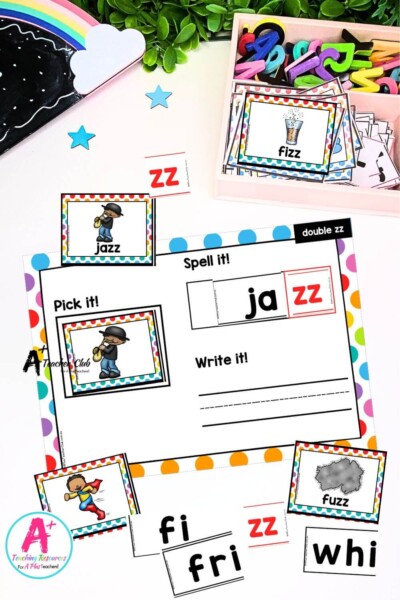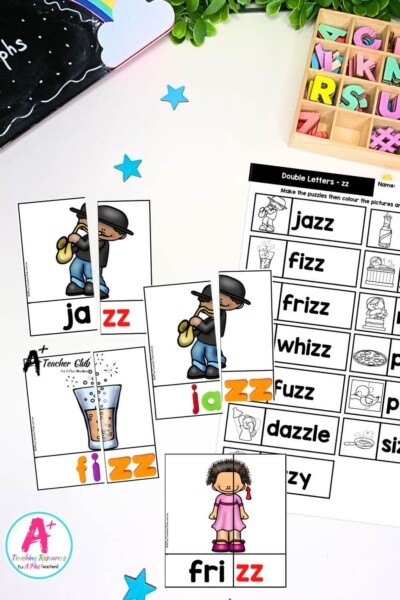Teaching Double Consonant “zz”
Phonics, Spelling, & Grammar Resources
Teaching spelling and phonics can pose challenges, for children, particularly when it comes to understanding the rules for double consonants “zz.” Yet, mastering this rule is crucial for students to excel in spelling. In this guide, we’ll explore the ins and outs of the double “zz” consonant rule, providing clear examples and addressing any difficulties students may encounter. Additionally, you’ll find a variety of engaging resources aimed at helping your students confidently tackle double consonants as well as some handy hints and info for Teaching Double Consonants.
What is a Double Consonant?
A double consonant refers to a situation where the same consonant appears twice consecutively within a word. This repetition typically occurs to emphasise the preceding vowel sound, maintain pronunciation, or clarify meaning.
In English spelling, double consonants are often found in words with short vowel sounds, particularly when adding suffixes or to distinguish between similar words. Examples include words like “bitter,” “messenger,” and “rabbit,” where the consonants “t,” “s,” and “b” are repeated, respectively. Understanding and correctly employing double consonants is essential for accurate spelling and effective communication in written language.
When To Use “zz” Double Consonant
You use a double “zz” in several instances:
- After a Short Vowel Sound: Double the final “z” in one-syllable words after a short vowel sound. This repetition helps maintain the short vowel sound and ensures consistency in pronunciation. For example, in the word “fizzing,” the double “z” after the short vowel “i” keeps the vowel sound short.
- When Adding Suffixes: Double the final “z” before adding a suffix if the word has a short vowel sound and ends in a single “z.” This prevents the pronunciation of the preceding vowel from changing when adding suffixes like “-ed” or “-ing.” For instance, in the word “buzzed,” the double “z” ensures that the preceding short vowel “u” remains unchanged.
- To Maintain Pronunciation and Meaning: Double “z” is also used to maintain pronunciation and differentiate between words with different meanings. For example, in the words “fizz” and “fist,” the double “z” in “fizz” distinguishes it from the word “fist.”
Understanding these rules for using double “zz” ensures accurate spelling and consistent pronunciation in written language.
Double Consonant “zz” Word List
“zz” Words Used in our resources
Common Issues and Confusions
Students often encounter various challenges when using double “zz” in words. These include:
- Overgeneralisation: Students may erroneously apply the double “zz” rule to words that don’t require it. For instance, they might mistakenly double the “z” in words like “jazz” or “blizzard,” leading to misspellings.
- Phonetic Awareness: Recognising when a word has a short vowel sound followed by a single “z,” which necessitates doubling the consonant, can be tricky for students. This lack of phonetic awareness may result in difficulties applying the rule accurately, as seen in words like “fuzzy” or “puzzle.”
- Exception Words: Certain words don’t adhere to the double “zz” rule, causing confusion. For example, words like “puzzle” and “guzzle” have a single “z” despite having a short vowel sound before the consonant “z.”
- Homophones: Homophones, such as “fizz” (to make a hissing or bubbling sound) and “fizz” (a type of soft drink), can lead to spelling errors due to their similar pronunciation.
Navigating these challenges requires practice and reinforcement. By providing students with examples like “pizza,” “buzz,” “fizz,” and “grizzly,” teachers can help them grasp the double “zz” rule more effectively.
Resources listed in this collection
Click to jump to...-
Double Consonants Feed Me Dogs
-
Double Consonant Spin & Spell - zz
-
Double Consonant WORKSHEETS - zz
-
Double Consonant Posters - zz
-
Double Consonant Board Game - zz
-
Double Consonant Strip Reader - zz
-
Double Consonant Clip Cards - zz
-
Double Consonant Strip Puzzles - zz
-
Double Consonant Writing Mats - zz
-
Double Consonant Student Book - zz
-
Double Consonant Flash Cards - zz
-
Double Consonants I Spy Read & Find - zz
-
Double Consonant Crown Craft - zz
-
Double Consonant Playdough Mats - zz
-
Double Consonants Word Search - zz
-
Double Consonant Word Builder - zz
-
Double Consonant B&W 2 Piece Puzzles - zz
-
Double Consonant Colour 2 Piece Puzzles - zz
Double Consonant Resources - zz
Explore tags
More Double Consonant Activities
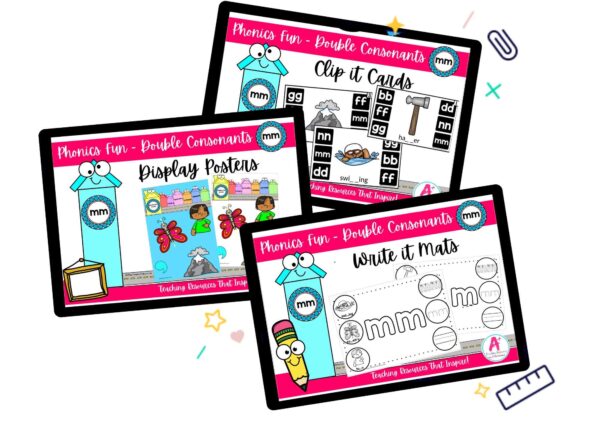
Double Consonants - mm

Double Consonants - tt
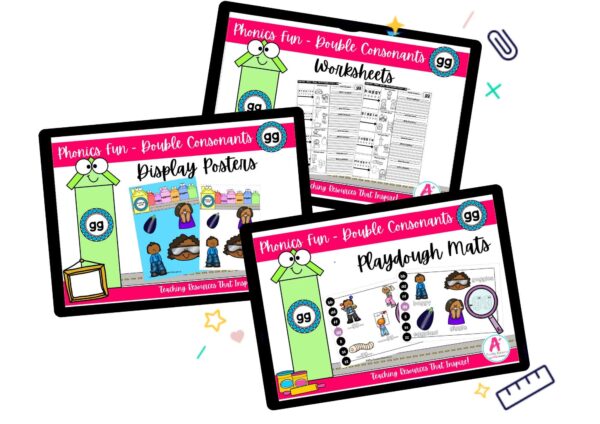
Double Consonants - gg

Double Consonants - dd
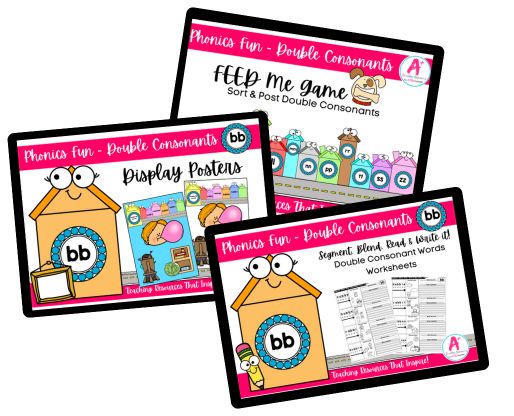
Double Consonants - bb
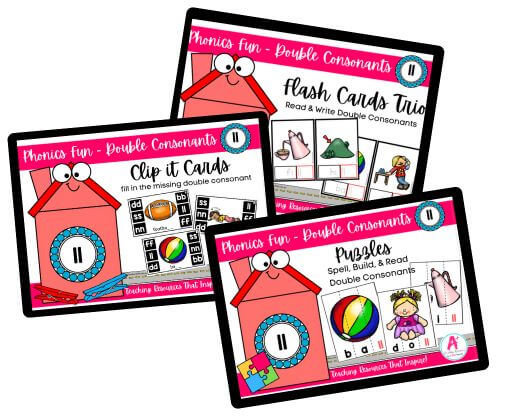
Double Consonant - ll
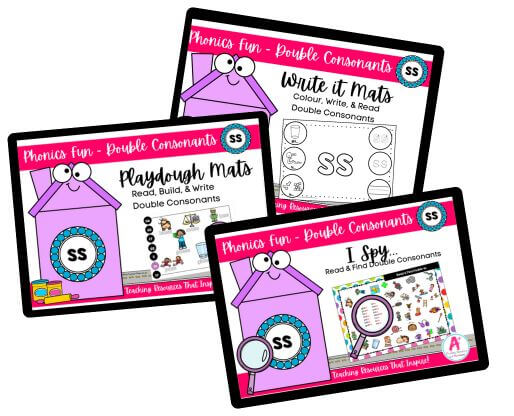
Double Consonants - ss
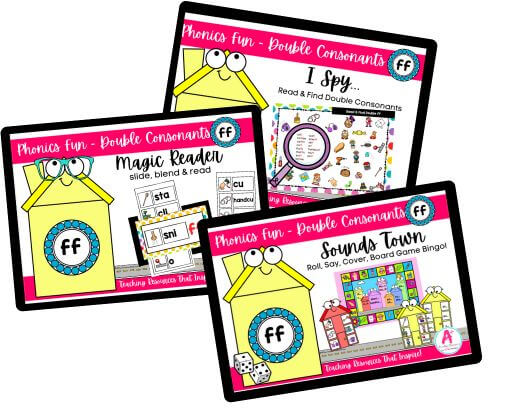
Double Consonants - ff
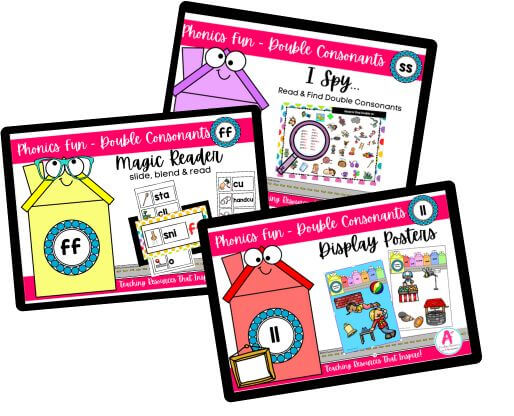
Double Consonants Collections
Can't find what you're looking for?
Send us a request! Use this form to request a resource. Please give details of the learning area, topic, year level, curriculum links. We’ll be happy to take a look to see if we can fit it in. Unfortunately a request does not guarantee we will be able to make it!
"*" indicates required fields

